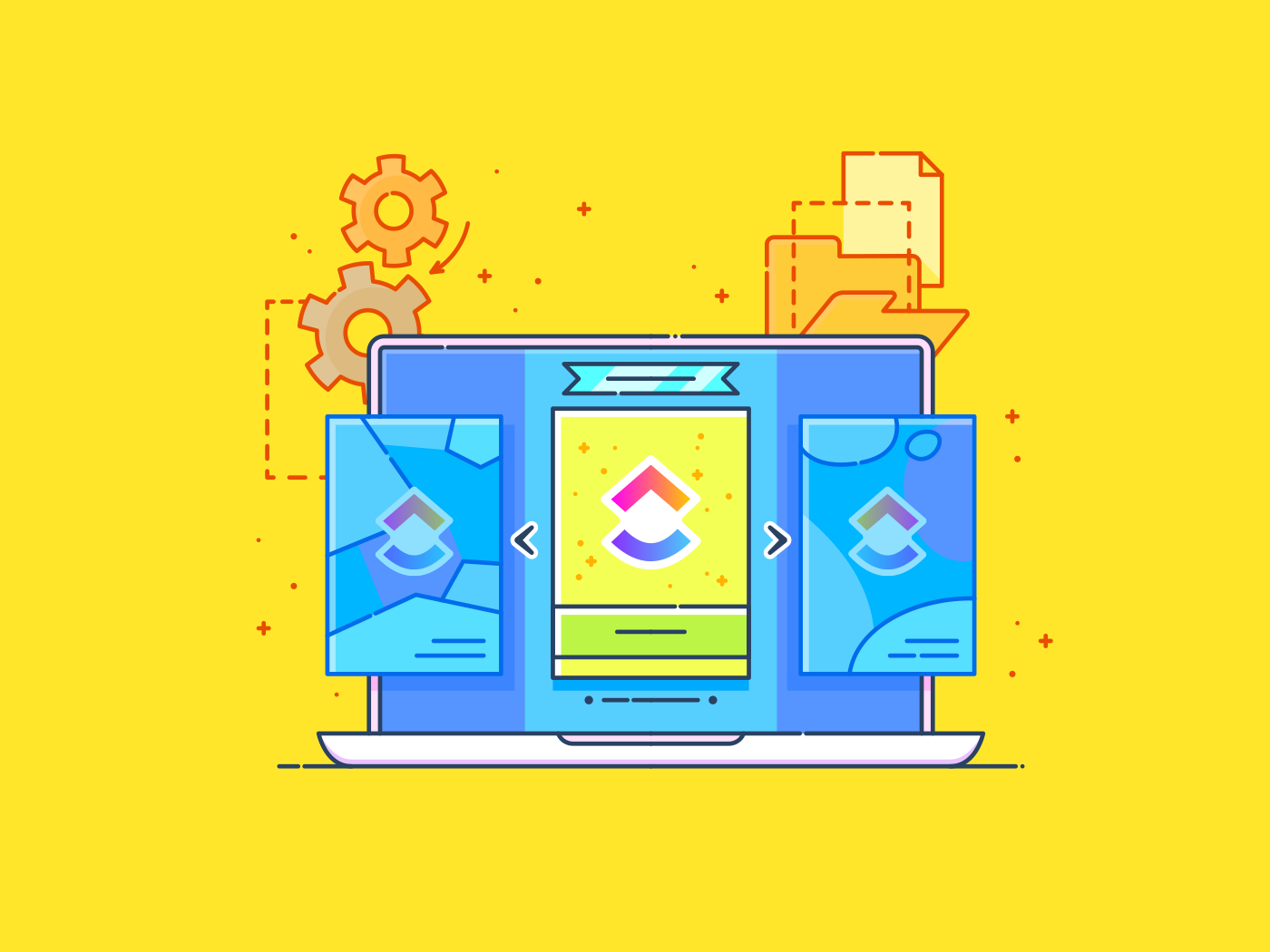So, not a specific personal instance where AI had to trade faster on a product decision. Not faster per se, but rather it has helped me go from just having ideas to being able to implement tools myself and help the company out by automating processes with software just by being able to write the software using AI, which was not possible for me before the previous, you know, leg. The previous flow was: I have a ticket the team has requested, it gets assigned to a dev team member, and it goes through the typical, you know, process of work, QA, and then going live. But now, in some cases, some of these smaller tasks and quicker wins can just be assigned directly to me, where I am able to implement it on a little faster timescale than the typical dev cycle just because I’m the only one. I’m testing it, I’m writing it, testing it, deploying it all by myself, so it’s a much shorter term. Turnaround time tends to be shorter for most things, so it’s been helpful that way.
The tools that have helped have been, like, yeah, ChatGPT, Claude, and also Cursor. So ChatGPT and Claude for a lot of project planning and documentation writing, and in creating tickets and stories and epics and just documentation, product documentation, whereas Cursor has been the go-to tool for writing the software and automating things such as Slack alert parts and building internal dashboards that help with internal data attribution and help collect revenue from users. So it is just again, we are now at a point where you can take repetitive tasks that I am in the process of basically talking to my colleagues and understanding what are their repetitive day-to-day tasks, and what can we automate and take away from their day-to-day stuff so they have more free time to work on more creative or more pressing issues. So it is just about understanding what that process looks like for them, and then we can plug software in the middle to try and alleviate some of the time and effort to do those tasks.
So right now, I’m currently also in the process of setting up a HubSpot link with our database and automating our communication. So when users sign up for the first time, we want to email them. When users have not booked a vehicle in, let’s say, 30 days, we want to email them and engage with them. Right now, the process for doing that is we have a marketing team member who will go to our data visualization tool or our API, she will export a list of users, paste it in HubSpot, select the template, and then send it out. But now, because of Cursor, I am able to build something internally where I’m just linking our database directly to our HubSpot API and then automating the process for her so she does not have to copy-paste information. We are just doing that automatically for multiple scenarios.
The main parts of automating processes with AI, specific to product management, have been the documentation parts. Like I said, writing tickets, product roadmap, release notes, epic stories, stuff like that. Very helpful. And then I’m trying to, similar to the HubSpot API, link it to the Jira API. So either we use MCP, which is a model context protocol, or just write software again to link to the Jira API so it becomes easier. I can just talk to AI, basically in Cursor or Claude, and be able to interact with Jira and ask it, “OK, look at the backlog, look at the different priorities on the tickets,” and help me plan the next 3 to 5 sprints. Stuff like that, you know?
Yeah, like, that is the goal that I’m working towards, but I don’t have a solution implemented for this yet. But that is very, very interesting to me because then a lot of the planning is taken care of, and then a lot of the focus just goes into creating the right tickets, making sure to do the creative part of the role. Then it becomes having the conversation with clients and internal members where I am acting as the input for Jira and documenting all the needs and requirements, and then obviously prioritizing it. And then Claude, or the AI with Jira access, can do a lot of the planning based on my preset priorities. It can change, and we can have a conversation together to decide. So that’s going to be a very big value add, which then, you know, allows time to either spend more time doing competitor analysis or just more hands-on time with the product and using it more daily to try to improve it that way, you know?
And I think, yeah, it can definitely replace some PM functions. Like I said, in the future the decision-making can be autonomous. I think AI does a pretty good job of prioritizing anyway, but a bit of human touch is required at this time just because of conversations I am having with my CEO or COO . Like, it just doesn’t know those, so it is really just about if there was a way for the entire company to be able to talk to one AI and there’s requests coming in, and it’s gathering information, and it’s able to think big picture, prioritize it, but there’s just one human person signing off on things and saying, “Yeah, I agree.” I guess, you know, maybe that is the future. I don’t know if it’ll be automatic completely, but definitely some aspects, at least things like release notes and things like roadmaps, product roadmaps, and documentation, I think that has a pretty good chance of getting automated.












